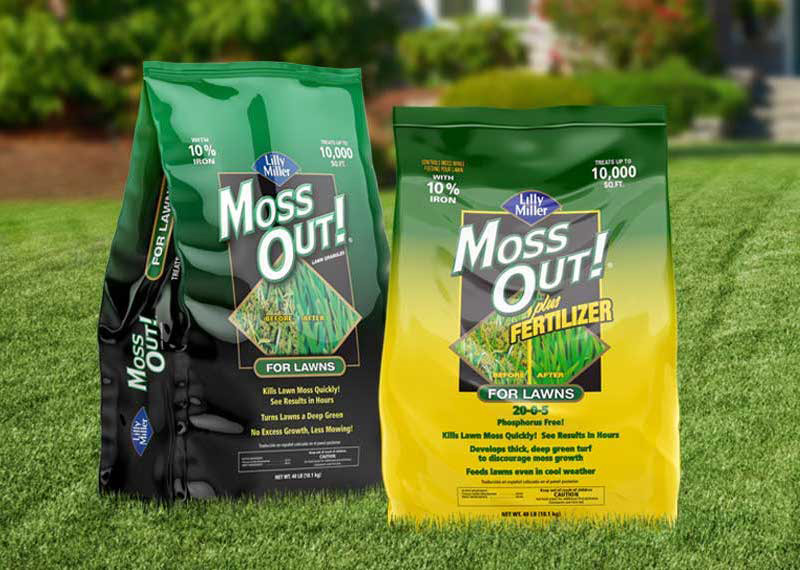Moss in your lawn can be a big problem. It makes your yard look bad and can harm grass. This guide will help you control and remove moss from your lawn. Follow these steps for a green and healthy lawn.
What is Lawn Moss?
Moss is a tiny plant that grows in damp, shady places. It doesn’t have flowers or seeds. Instead, it spreads through spores. Moss can take over lawns, especially in areas with poor grass growth.
:max_bytes(150000):strip_icc()/how-to-get-rid-of-moss-in-lawns-2132201-02-31b2291bcd974c21b93ca4315785748d.jpg)
Credit: www.thespruce.com
Why is Moss a Problem?
Moss can cause several issues in your lawn:
- It can outcompete grass for space and nutrients.
- It makes the lawn look patchy and uneven.
- It indicates underlying problems with your lawn’s health.

Credit: www.mossout.com
Causes of Lawn Moss
Several factors can lead to moss growth in your lawn:
- Shade: Moss thrives in shady areas where grass struggles to grow.
- Poor Drainage: Waterlogged soil creates an ideal environment for moss.
- Soil Compaction: Compacted soil restricts grass roots and encourages moss.
- Low Soil pH: Acidic soil is more favorable to moss than grass.
- Low Fertility: Lack of nutrients weakens grass, allowing moss to take over.
How to Control Lawn Moss
Controlling moss in your lawn involves several steps. Follow these methods to remove moss and prevent its return:
1. Improve Lawn Drainage
Waterlogged soil is a common cause of moss. Improve drainage by aerating your lawn. Aeration involves making small holes in the soil to allow air, water, and nutrients to reach the grass roots.
| Step | Description |
|---|---|
| Aeration | Use a garden fork or aerator tool to poke holes in the lawn. |
| Topdressing | Apply a thin layer of sand or compost to improve soil structure. |
2. Reduce Shade
Moss loves shady areas. Reduce shade by trimming trees and shrubs. This will allow more sunlight to reach the grass, helping it grow stronger.
3. Adjust Soil Ph
Grass prefers slightly acidic to neutral soil, while moss thrives in acidic soil. Test your soil’s pH level. If it’s too acidic, add lime to raise the pH. Follow the instructions on the lime package for the correct amount to use.
4. Fertilize Your Lawn
A well-fed lawn is less likely to have moss. Use a balanced lawn fertilizer to provide essential nutrients. Fertilize your lawn in the spring and fall for the best results.
5. Remove Moss Manually
Physically removing moss can be effective. Use a rake or moss removal tool to scrape away the moss. Dispose of the moss properly to prevent it from spreading.
6. Apply Moss Killer
Moss killers can help control moss in your lawn. Look for products containing iron sulfate or ferrous ammonium sulfate. Follow the instructions on the label for safe and effective use.
Preventing Moss in Your Lawn
Once you’ve removed the moss, take steps to prevent it from returning:
1. Maintain Proper Mowing Height
Keep your grass at the recommended height for your grass type. Mowing too short weakens the grass, making it easier for moss to take over.
2. Water Properly
Water your lawn deeply and infrequently. This encourages deep root growth, making your grass more resilient. Avoid overwatering, as this can create conditions favorable to moss.
3. Overseed Your Lawn
Overseeding involves spreading grass seed over your existing lawn. This helps fill in bare spots and creates a dense lawn that can outcompete moss. Choose grass seed suited to your climate and lawn conditions.
4. Regular Lawn Maintenance
Regular lawn care is key to preventing moss. Aerate, fertilize, and water your lawn as needed. Keep an eye on shady areas and take action if moss starts to appear.
Frequently Asked Questions
What Causes Lawn Moss?
Lawn moss thrives in shady, damp, and compacted soil conditions.
How To Remove Moss From Lawn?
Use a rake or moss killer to remove moss effectively.
Can Moss Damage My Lawn?
Yes, moss can outcompete grass, leading to a sparse lawn.
Is Moss A Sign Of Poor Soil?
Yes, moss often indicates acidic, compacted, or poorly drained soil.
Conclusion
Controlling lawn moss takes effort, but it’s worth it. By following these steps, you can create a healthy, moss-free lawn. Remember to address the underlying issues and maintain your lawn regularly. With the right care, your grass will thrive, and moss will stay away.
